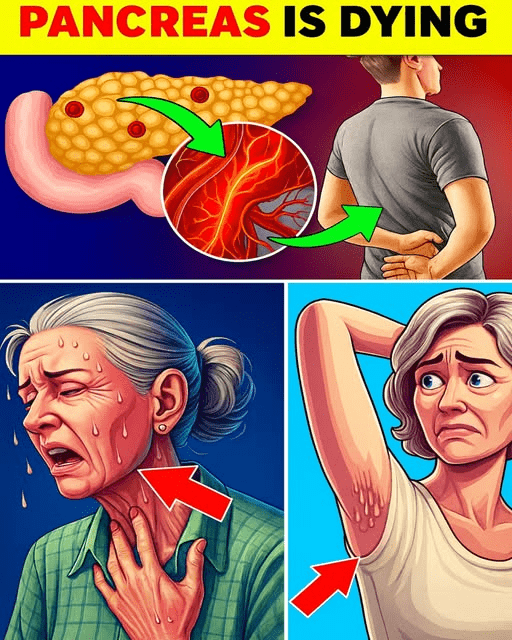3. Jaundice: Yellowing of the Skin and Eyes
A tumor in the pancreas can block the bile duct, preventing bile from draining properly. This causes bilirubin to build up in the body, leading to jaundice—yellow skin, yellowing in the whites of the eyes, dark urine, and pale or greasy stools.
Unlike common causes such as hepatitis, jaundice from pancreatic cancer often appears without other liver-related symptoms. Any sudden yellowing of skin or eyes should be evaluated immediately.
4. Digestive Problems
The pancreas produces enzymes essential for digesting fats, proteins, and carbohydrates. When a tumor disrupts this process, symptoms may include:
- Nausea or vomiting after meals
- Persistent bloating or gas
- Loss of appetite
- Changes in stool, such as floating or greasy stools (steatorrhea)
People often mistake these issues for irritable bowel syndrome or food intolerances. If symptoms persist despite dietary changes, further testing may be necessary.
5. New-Onset Diabetes
Pancreatic cancer can damage insulin-producing cells, leading to sudden diabetes in people with no prior history or risk factors. Adults who develop diabetes after age 50—particularly with unexplained weight loss or abdominal pain—should be evaluated for pancreatic disease.
Research insight: A 2018 study in Journal of the National Cancer Institute found that individuals with recent-onset diabetes were nearly eight times more likely to be diagnosed with pancreatic cancer within three years compared to the general population.

